Australian fashion’s diversity problem
Campaigns look more inclusive than ever on the surface but to the models in the frame, representation in fashion feels tokenistic.
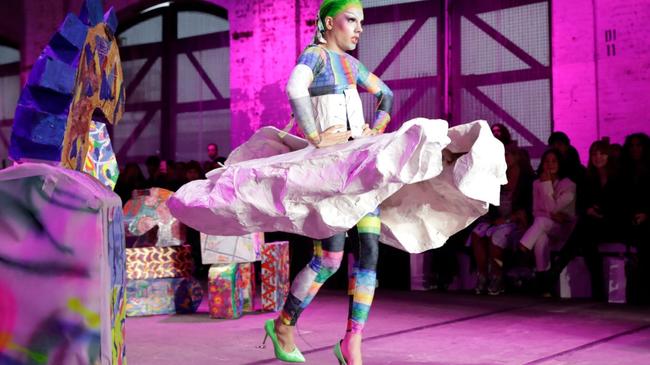
We have come a long way from the celebrity-fuelled heroin-chic aesthetic that has found favour in fashion on and off since the early 1990s, and the industry is certainly attempting to be more inclusive.
Here in 2021, we are seeing more body shapes, genders and races represented in fashion than ever before. But how far beneath the surface does this movement go? Earlier this year, singer Lizzo threw a grenade into the so-called body positivity movement when she posted on TikTok making the point that “fat women”, and particularly women of colour, are being subordinated to “medium and small girls and people who occasionally get rolls”.
“Yes, please be positive about your body, please use our movement to empower yourself. That’s the point. But the people who created this movement: Big women, big Brown and Black women, queer women are not benefiting from the mainstream success of it.”
So who is in control of – and benefiting from – the body positivity moment and diversity discourse, if not those who have been historically under-represented?
Although advertisers began using “real” women to sell their products in the early 2000s, the phrase “body positivity” gained currency around 2012. In the early days it was mostly about “skinniness” and combating size zero in fashion. But as the movement grew, and was adopted in the beauty and wellness industries, it became about accepting all bodies regardless of physical ability, size, gender, race or sexuality – everywhere, that is, except fashion. And so the term ‘body positivity’ today has come to represent a broader push toward diversity.
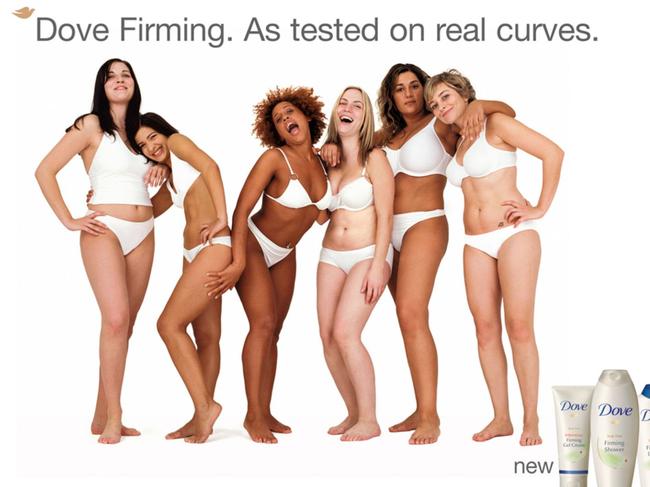
And yet, it is emerging that models of different sizes, genders, abilities and colour feel as if their presence, when they do have one, is purely in this space to tick a diversity box.
As Sydney-based model Lynn Mathuthu explains, when diverse models are included in fashion shows, it often doesn’t feel authentic. “When brands realise that a social justice movement is happening they will pick their ‘token’ person to represent an entire group, whether it’s a queer person, a person with a different body type, or a person that isn’t white,” he says. “But when the conversation changes to a different subject, you see that they revert back to what they have always been doing.”
Mathuthu adds: “Everyone I know who was a person of colour cast in Australian runway shows feels like they were just there to tick a box, not because they deserved to be there. They know this because 90 per cent of the casting is still thin and white. I haven’t spoken to any of my queer or POC friends that don’t feel like this.”
Another model, Basjia Almaan, agrees with Mathuthu. In an Instagram post that went viral following Australian Fashion Week in May, Almaan was “pretty disappointed at how much of a process it was for space to be made for someone like me”. She said a person of colour may be cast for a shoot but then when they turn up on set, “no one knows how to colour-match them”.
“How am I still going to shoots where no one knows how to style braids or afro hair properly? Every black woman I know who is a model has had to educate someone on set on how to do their hair; and there have been so many occasions where I have had to do my own hair because no one will know how to do it.”
The fashion industry is still learning to include differently sized models. Stylist Kurt Johnson says that in his line of work, there’s nothing to pull for someone who isn’t a size 6-8. And, while globally it’s far simpler to find non-sample size clothing to fit talent, “it’s difficult to style larger bodies in Australia”.
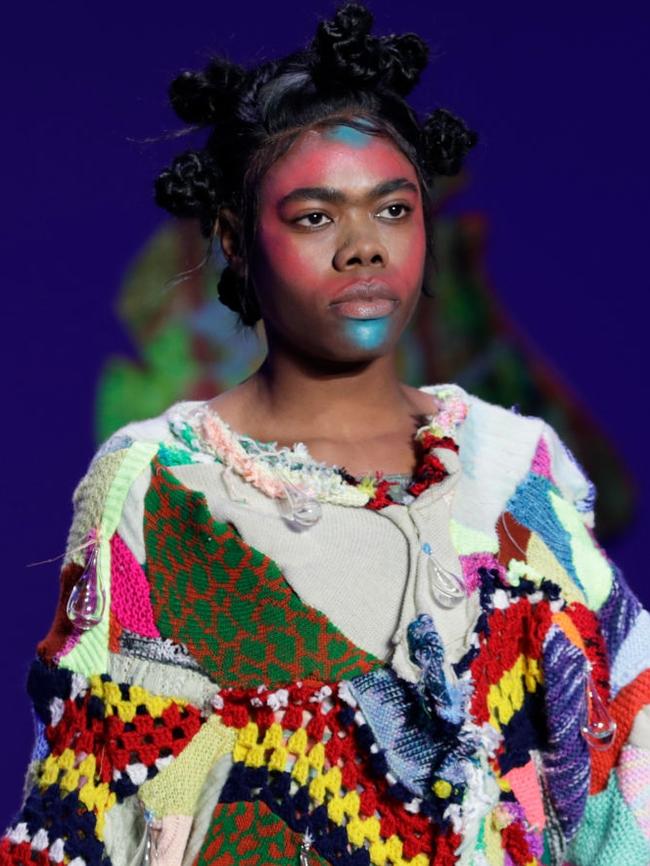
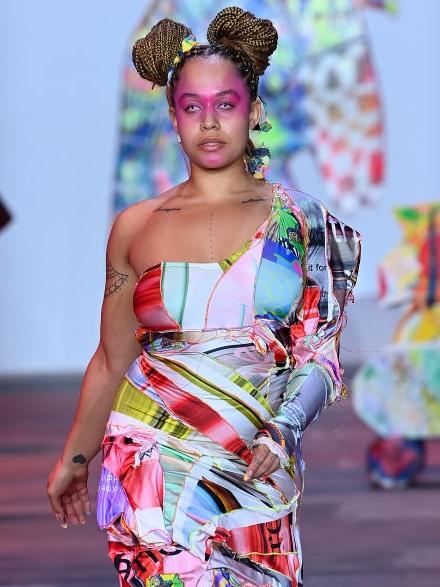
“I have to be resourceful, and oftentimes custom-make things to fit,” he says. “There are so many young designers in Australia who are willing to custom-make samples, or samples in larger sizes, but they’re the ones who can’t afford to make multiple size runs.
“Globally, it’s so much more progressive. Brands aren’t afraid to make samples for bodies who deserve to be shot and it’s rightfully expected. In Australia, it isn’t expected, but these larger brands with the monetary means to make inclusive sizes have no excuse.
“It’s just bullshit. It’s lazy.”
One designer who is acknowledging the need for non-tokenistic multiplicity across sizing, gender and ethnicity, is this year’s Australian Fashion Week standout, Jordan Gogos, the designer behind his namesake brand, Iordanes Spyridon Gogos.
Gogos is heralded for having irrefutably the most inclusive casting Australia has seen to date. He says it’s not diverse casting that sets him apart – he doesn’t have a process for it – but the energy of models who had previously expressed to him “that fashion wasn’t a space that they felt was meant for them”.
When representation is done right in the fashion industry, its power is undeniable. For one model in particular, Gogos recalls a fitting where “she put on the garment, looked in the mirror, and you could see on her face she couldn’t believe it. You could see in her eyes that for the first time in this space there was something that fit her, and that she felt good in”.
While inclusive sizing was front of mind in creating the garments for his show, Gogos’s runway was also a gathering of people who felt connected and seen, not tokenistic. To ensure that no one felt they were there for the sake of diversity, as is unfortunately the case for most brands, Gogos’s models were walking alongside people whose experiences reflected their own.
“When I was selecting people, especially people of colour, to walk, they had to feel like they had that support in the casting,” he says. “Even on a micro level, I wanted them to be connected to everyone in the show, not just be the only person of their type in there.”
So how does the industry move away from performative, tokenistic agendas and towards real inclusivity? It starts with involving them when decisions are made.
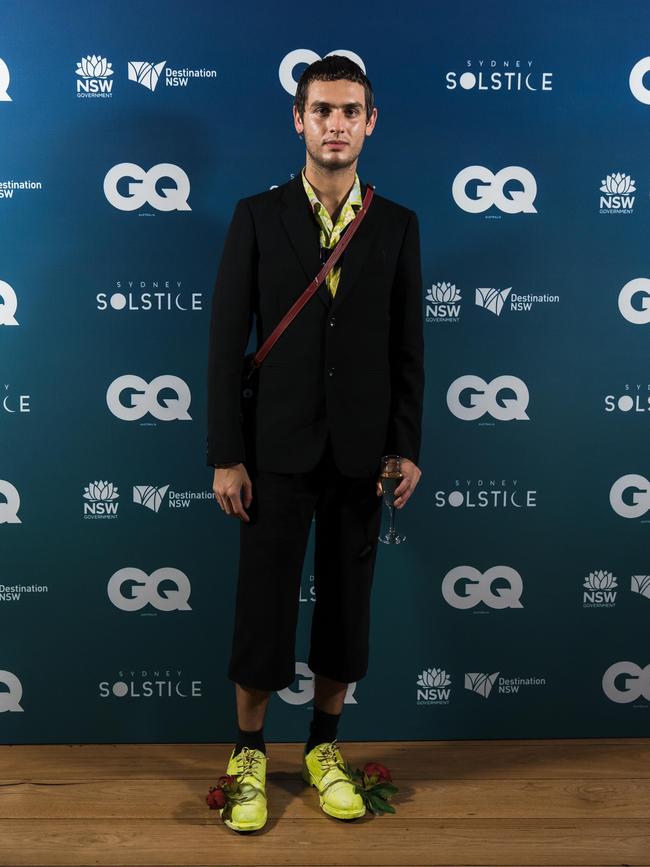
Says Almaan: “You have to be treating people like they are equal, not like they are a commodity or props, and this starts with bringing people into the decision-making process who understand the experience of the models they are using.
“If you don’t have Indigenous people in the room, if you don’t have queer people of colour, if you don’t have black people, if you don’t have disabled people, how are you going to know how to make these spaces safe and comfortable for them?”
Speaking from personal experience, she says: “If you don’t have any black people in the room during a casting, but then cast black models, you also need to ensure that you hire a hair stylist who knows how to do black models’ hair and a makeup artist that knows how to do makeup on different skin tones. By not doing this … it highlights that these models are there to tick a box and you don’t care about their experience.”
Ultimately, brands that don’t wake up to the need for change, or that pledge change but revert to Eurocentric advertising across storefronts and social media, will experience increasingly intense blowback.
We have already seen this happen with large brands such as L’Oreal, which attempted an anti-racism Instagram post last year only to be torn down with reminders of its decision to fire transgender black model Munroe Bergdorf in 2017.
More recently Australian-born label Zimmerman was exposed by self-appointed fashion industry watchdog Diet Prada after the brand’s internal grooming guidelines were leaked. The guidelines prohibited “high buns, top knots, plaits, braids”, and rendered it virtually impossible for black women to wear their natural hair when working for the brand.
In continuing to shelter the fashion industry from its own lack of inclusivity, brands fail to bring people with different skin tones, sexualities, abilities and body types to the forefront of their decision-making.
When recalling the conversations he’s had with many fellow models who fall into the minority, Mathuthu says: “Within the next five to seven years [these brands] will be dead in the ground, because if they continue gatekeeping fashion and drive away this enormous group of people who aren’t represented, we will get bored and stop supporting these businesses all together.
“If you’re not going to create a space for us, we’re going to create a space for ourselves.”
Zoë Holloway is a freelance writer who also works in fashion. She recently launched a podcast about style and pop culture called The Shift.
